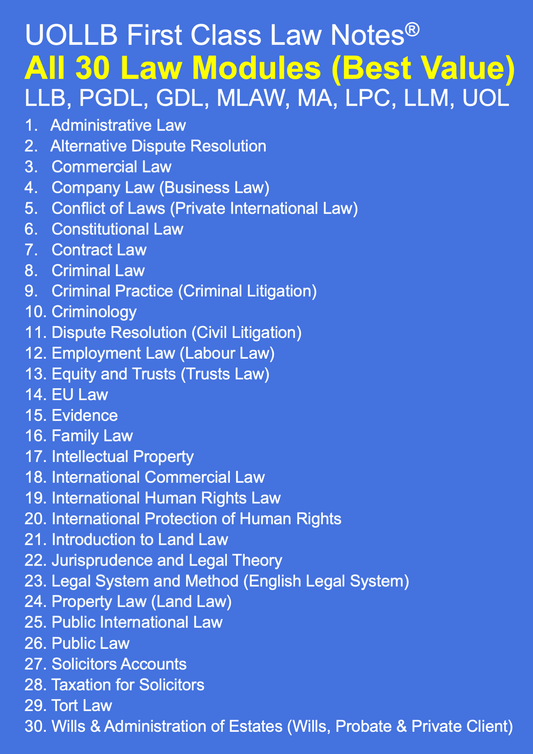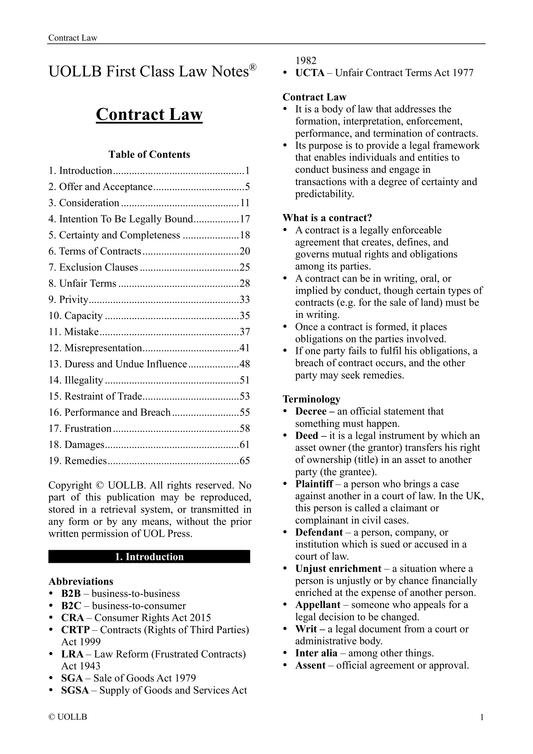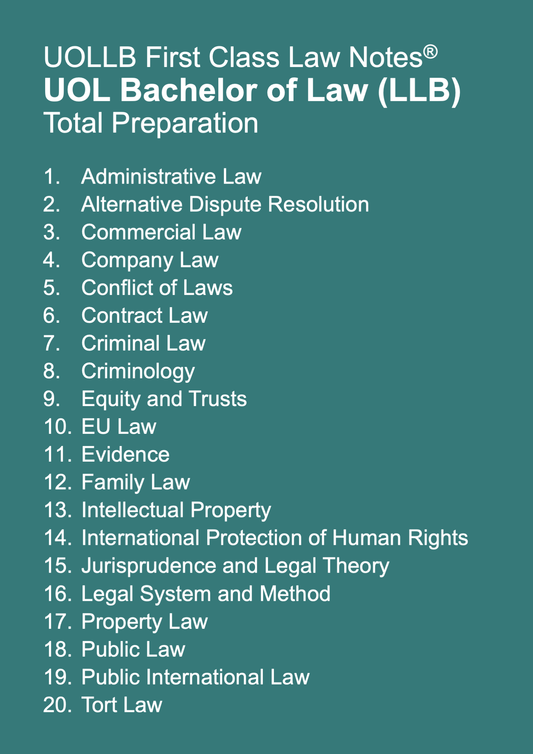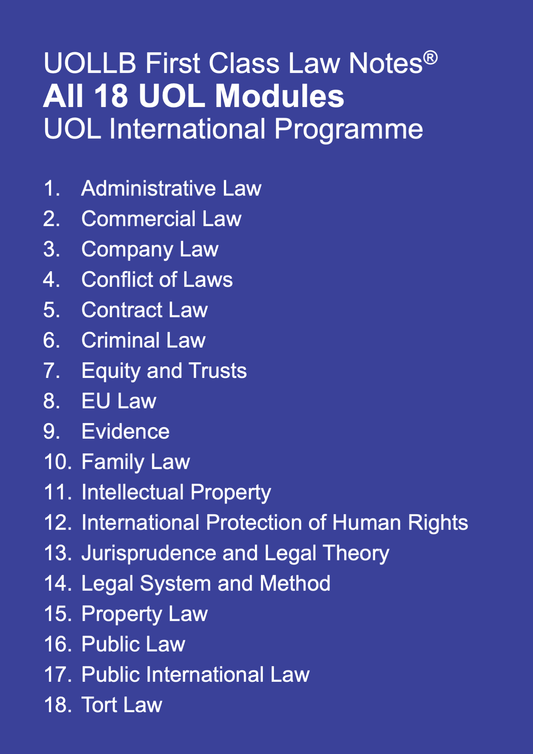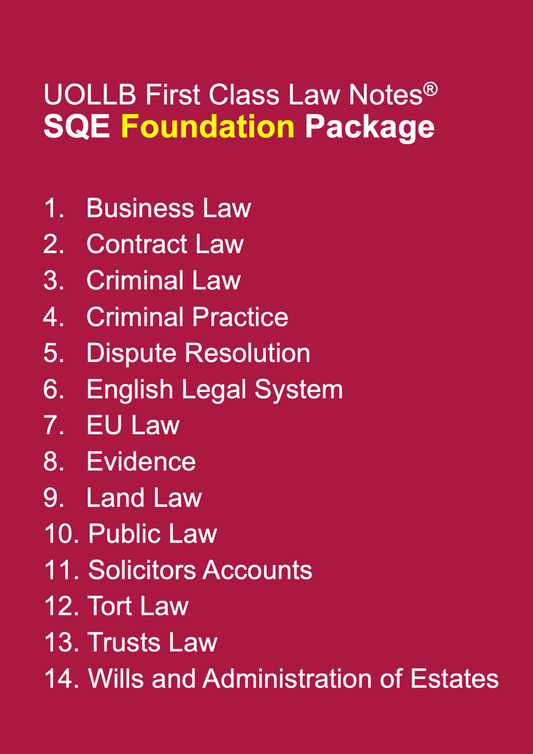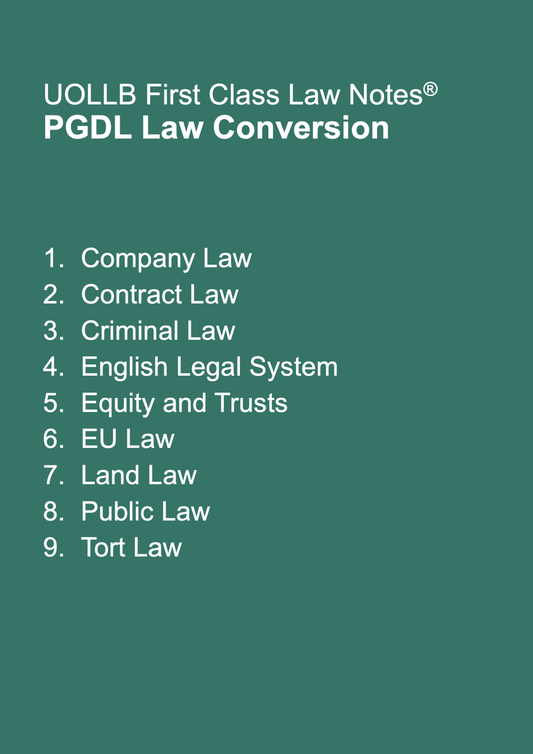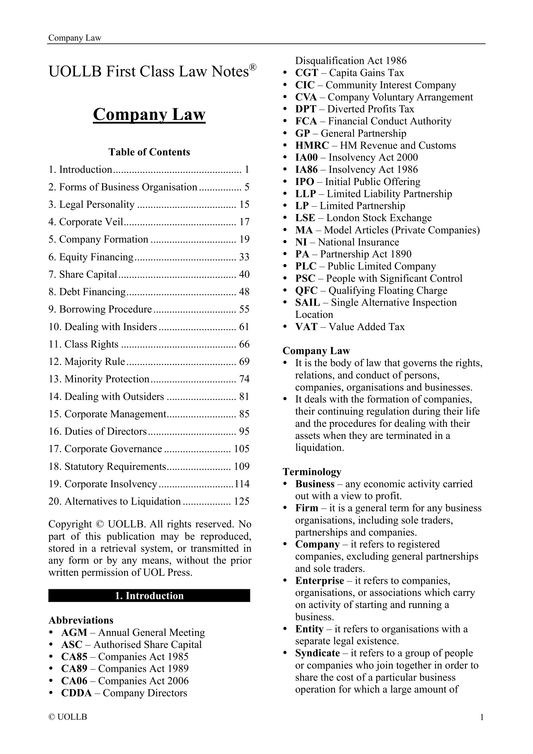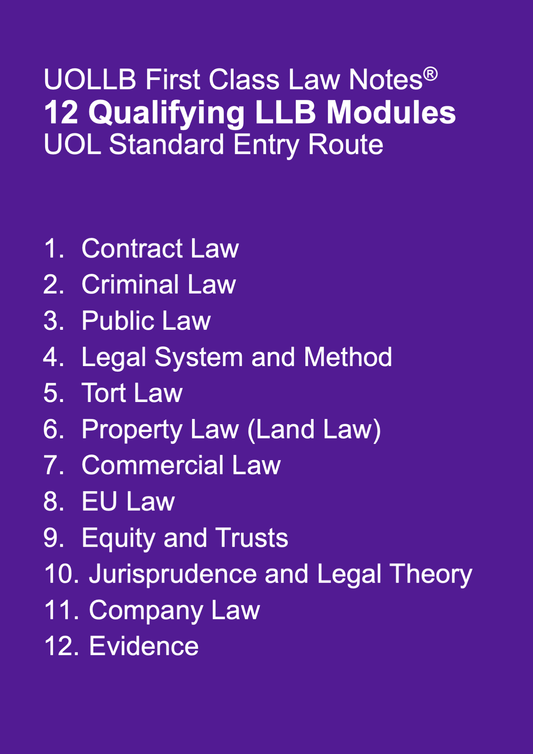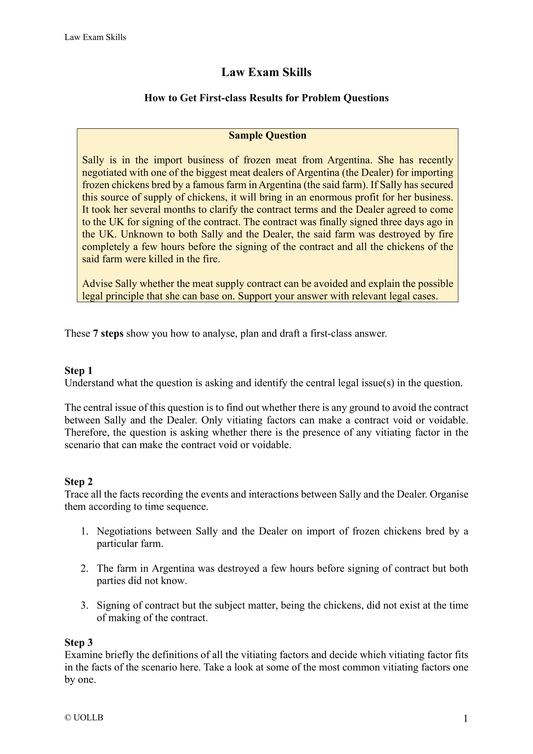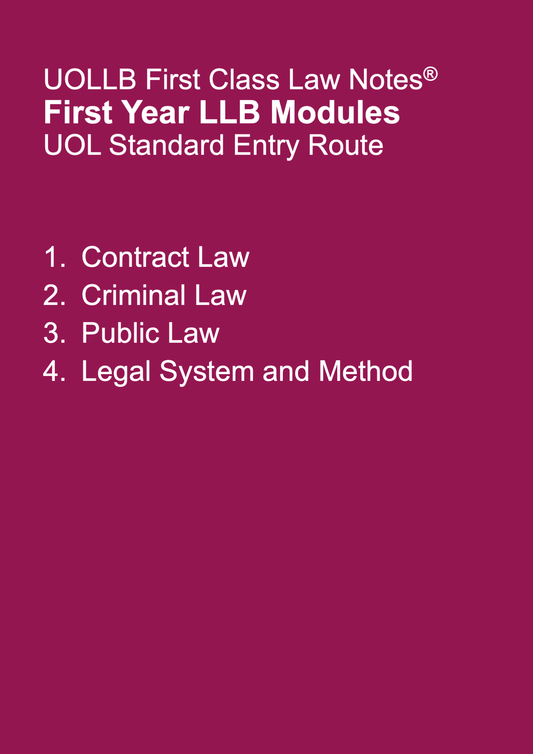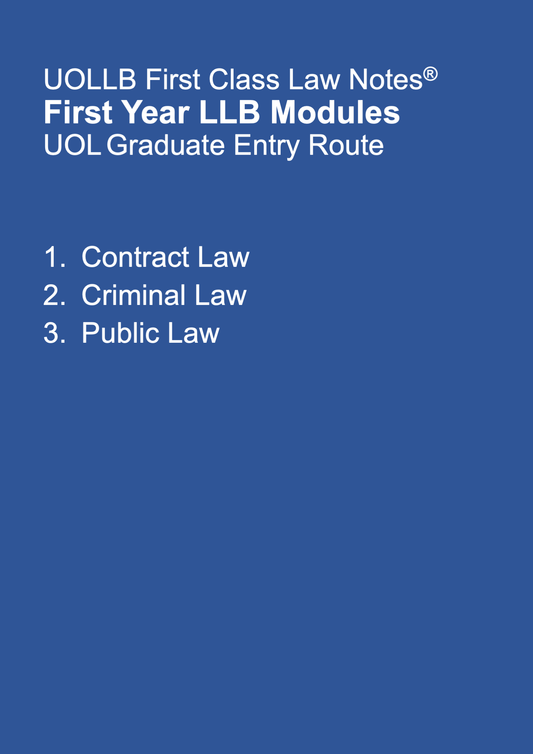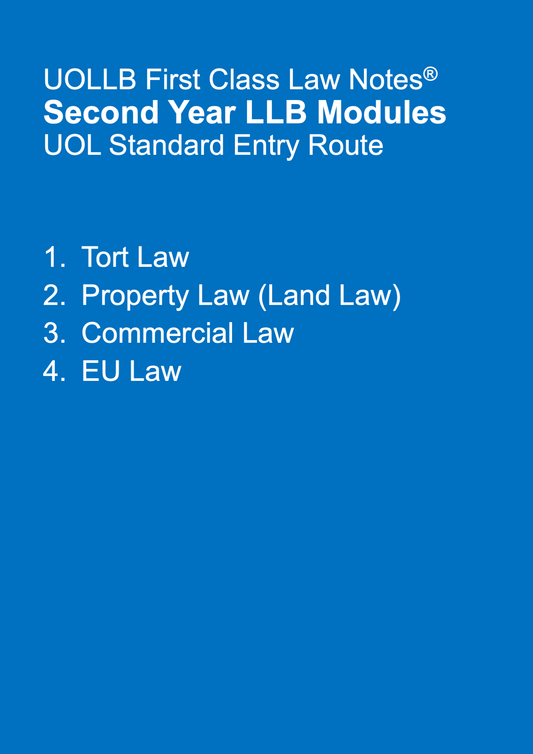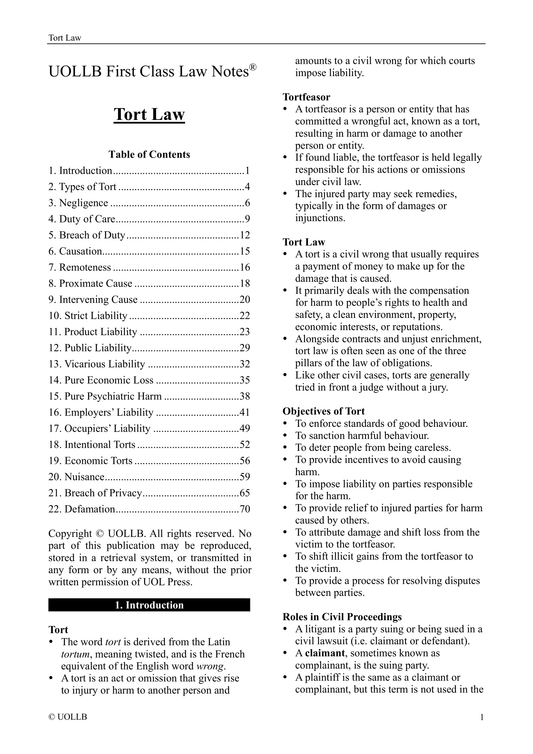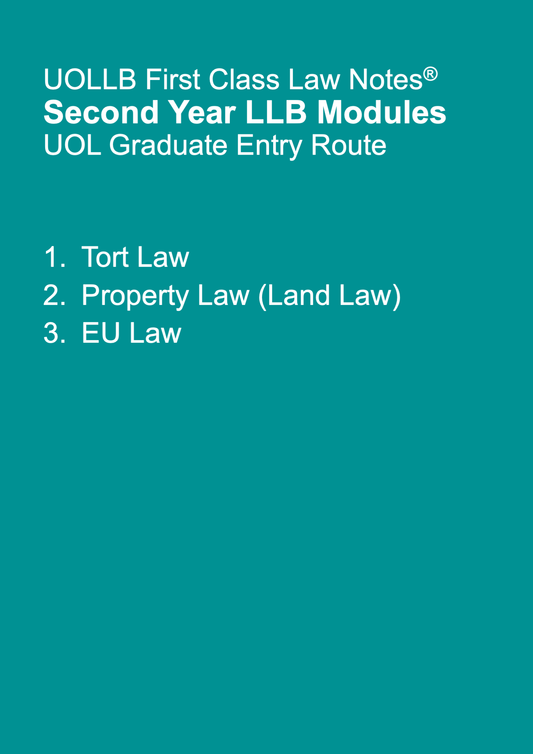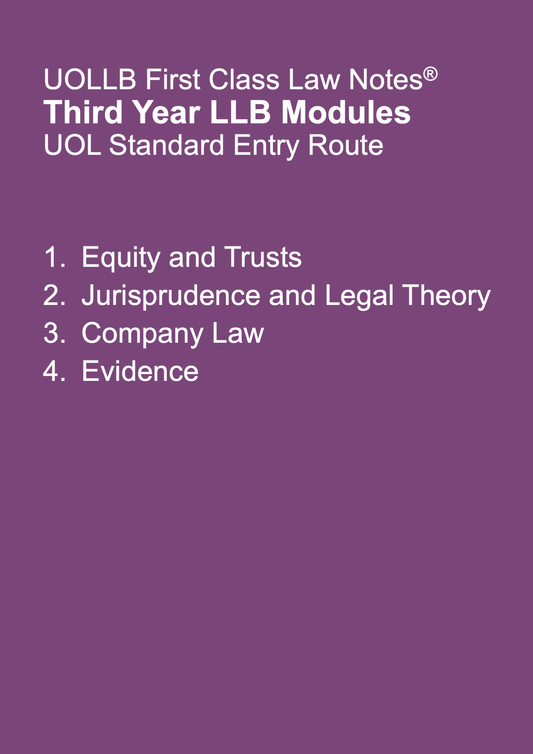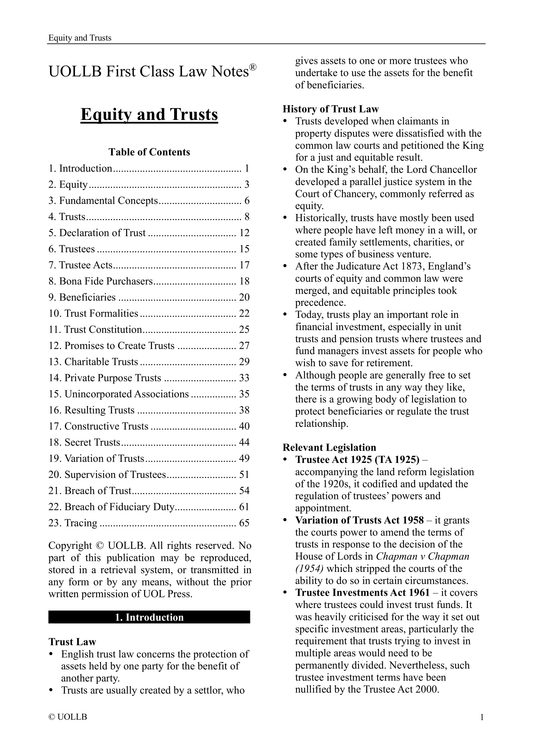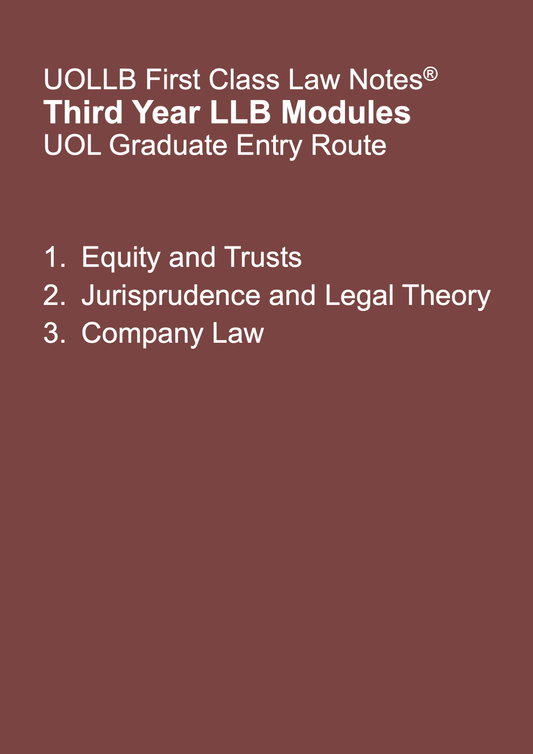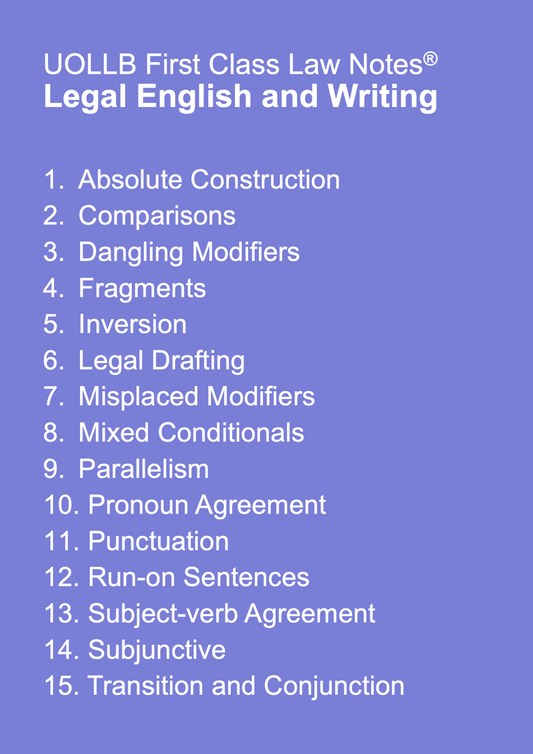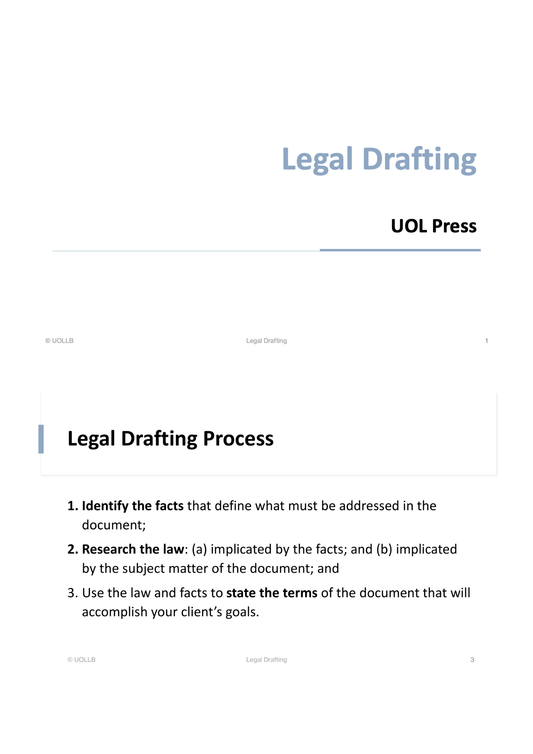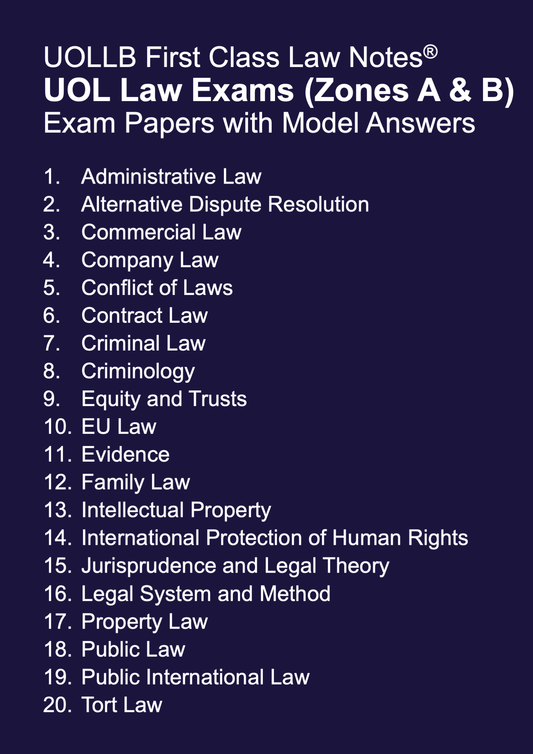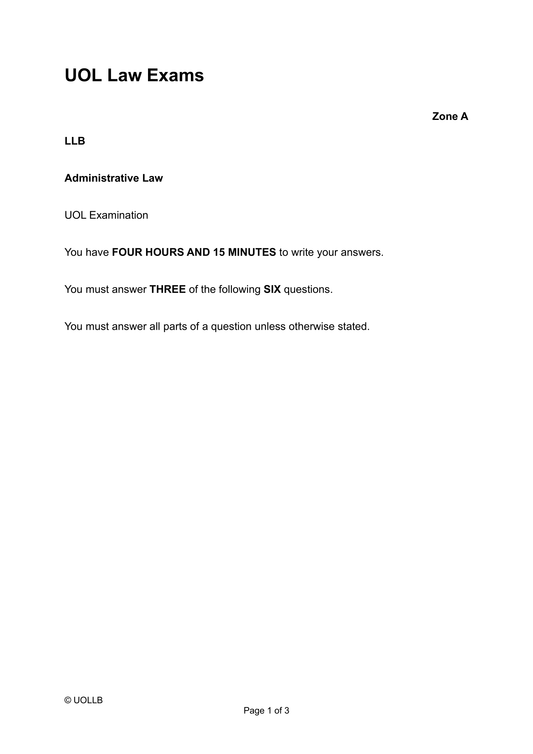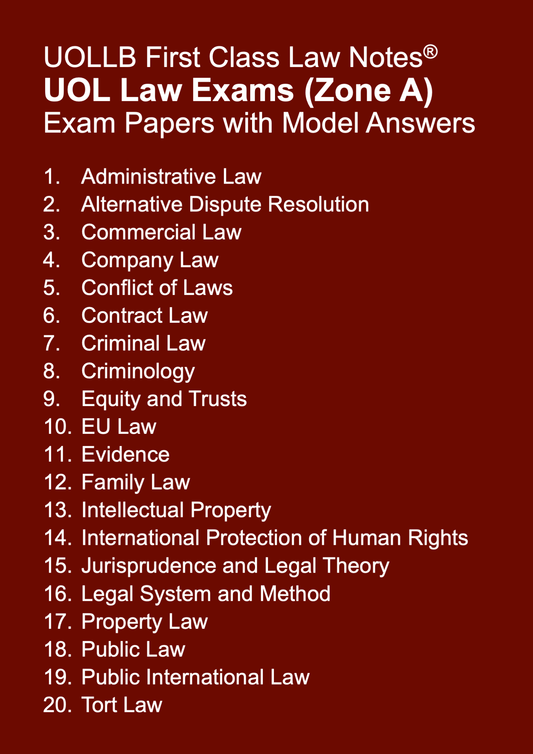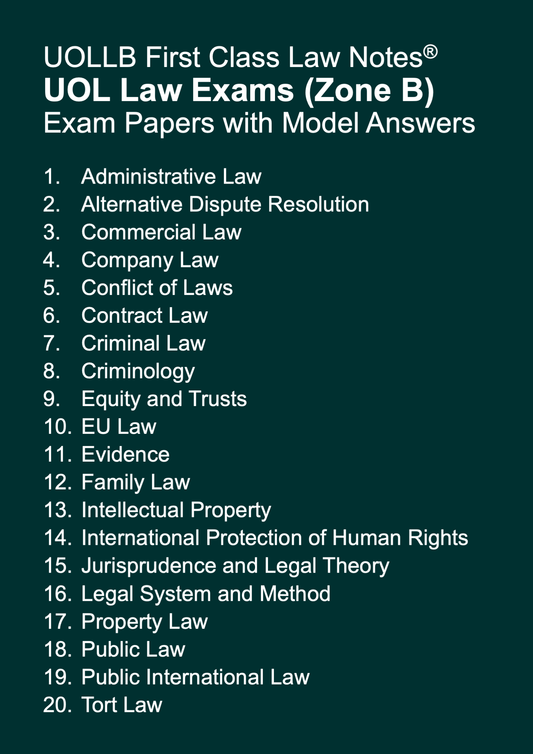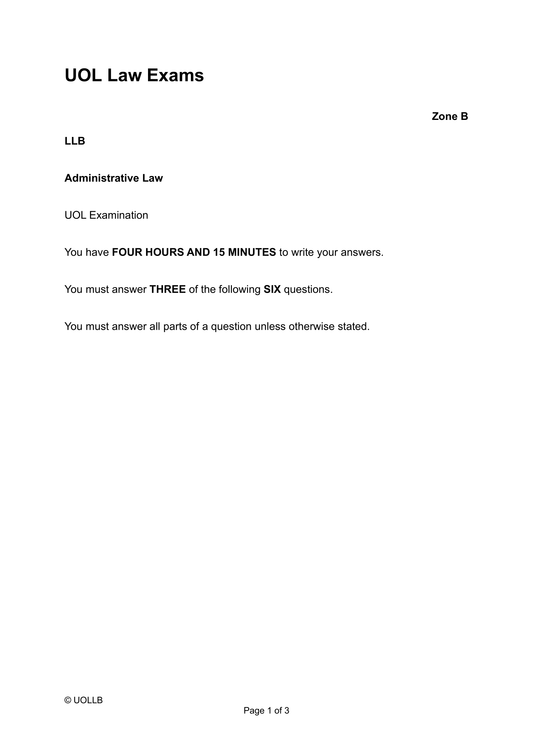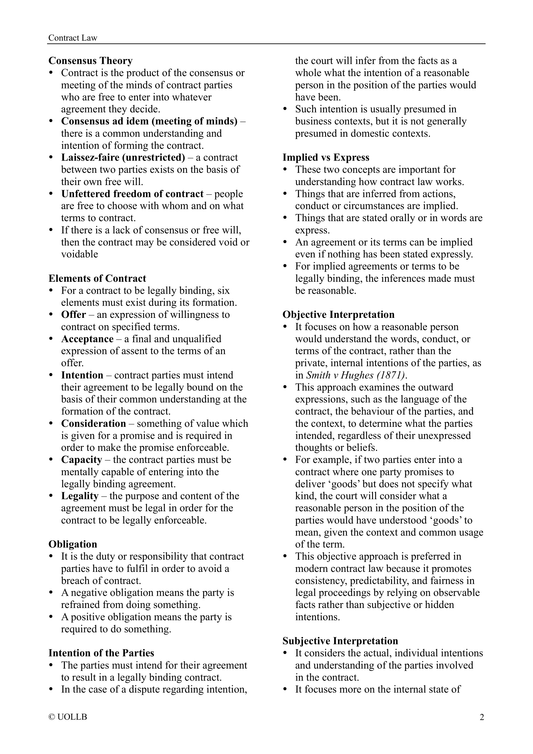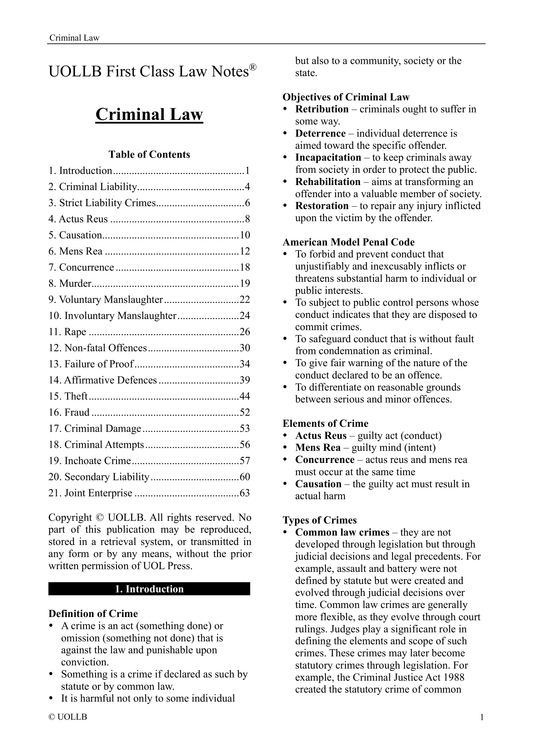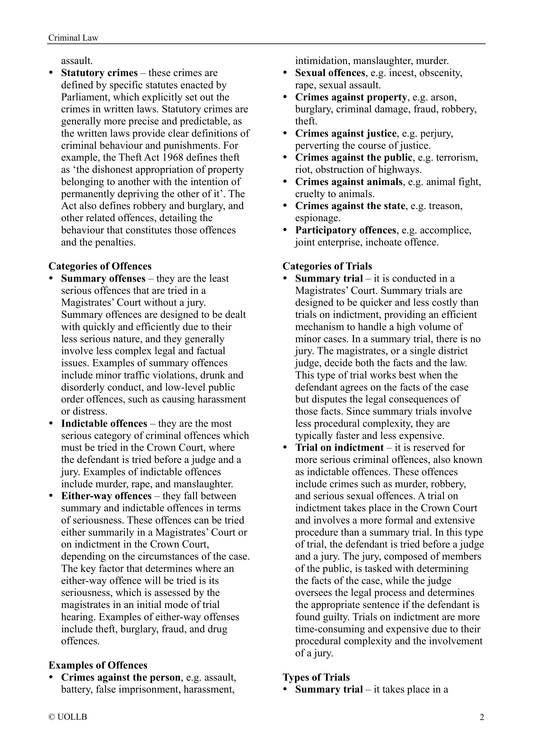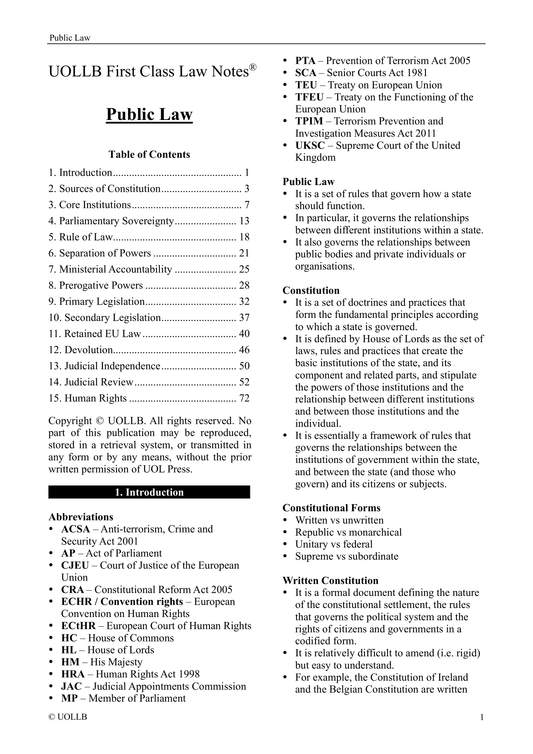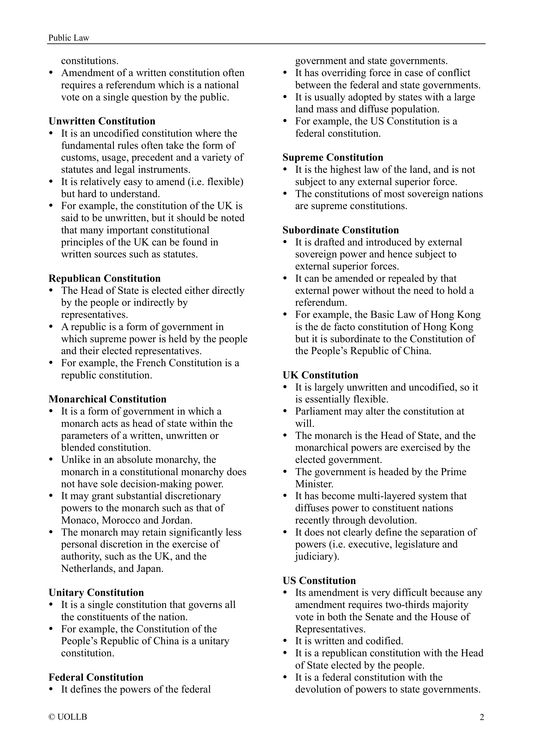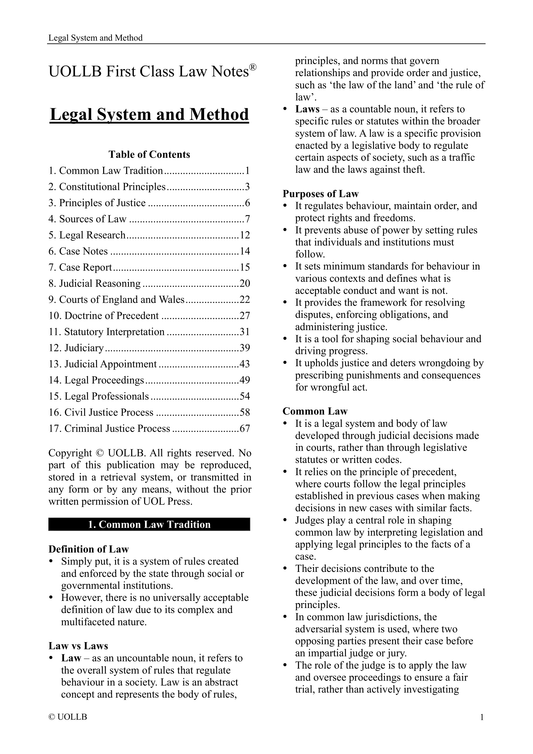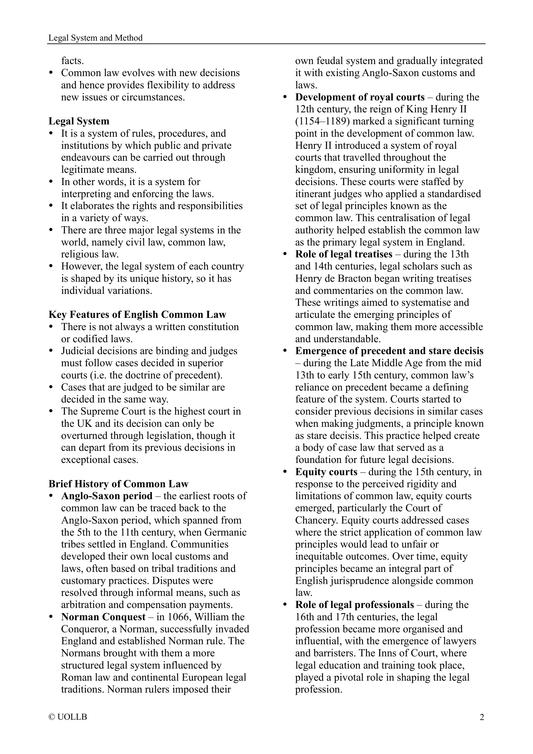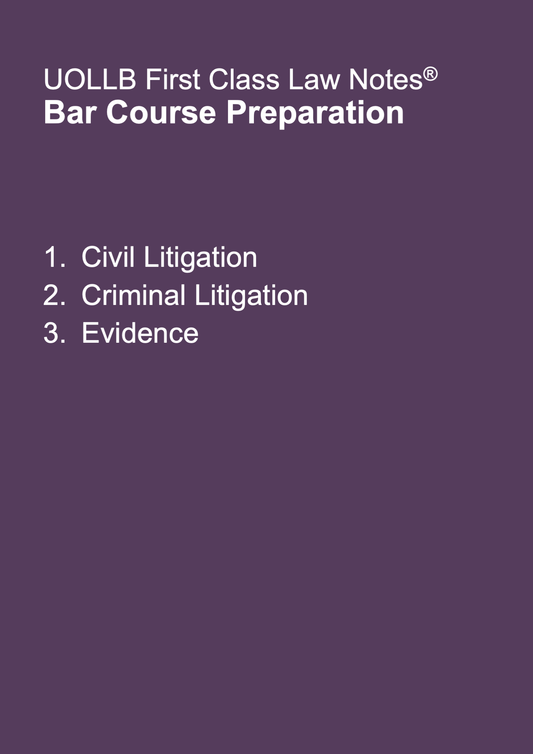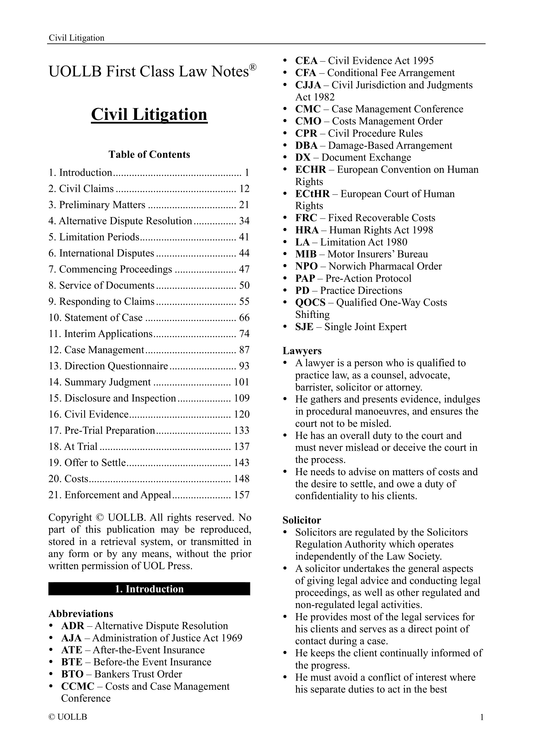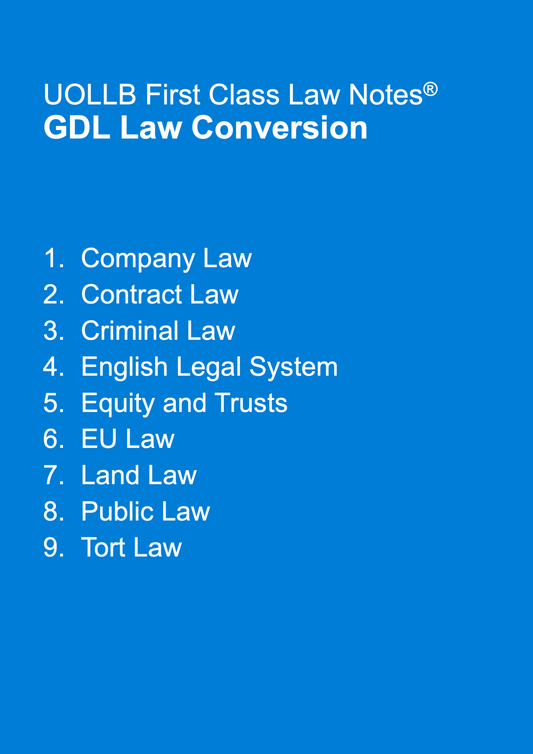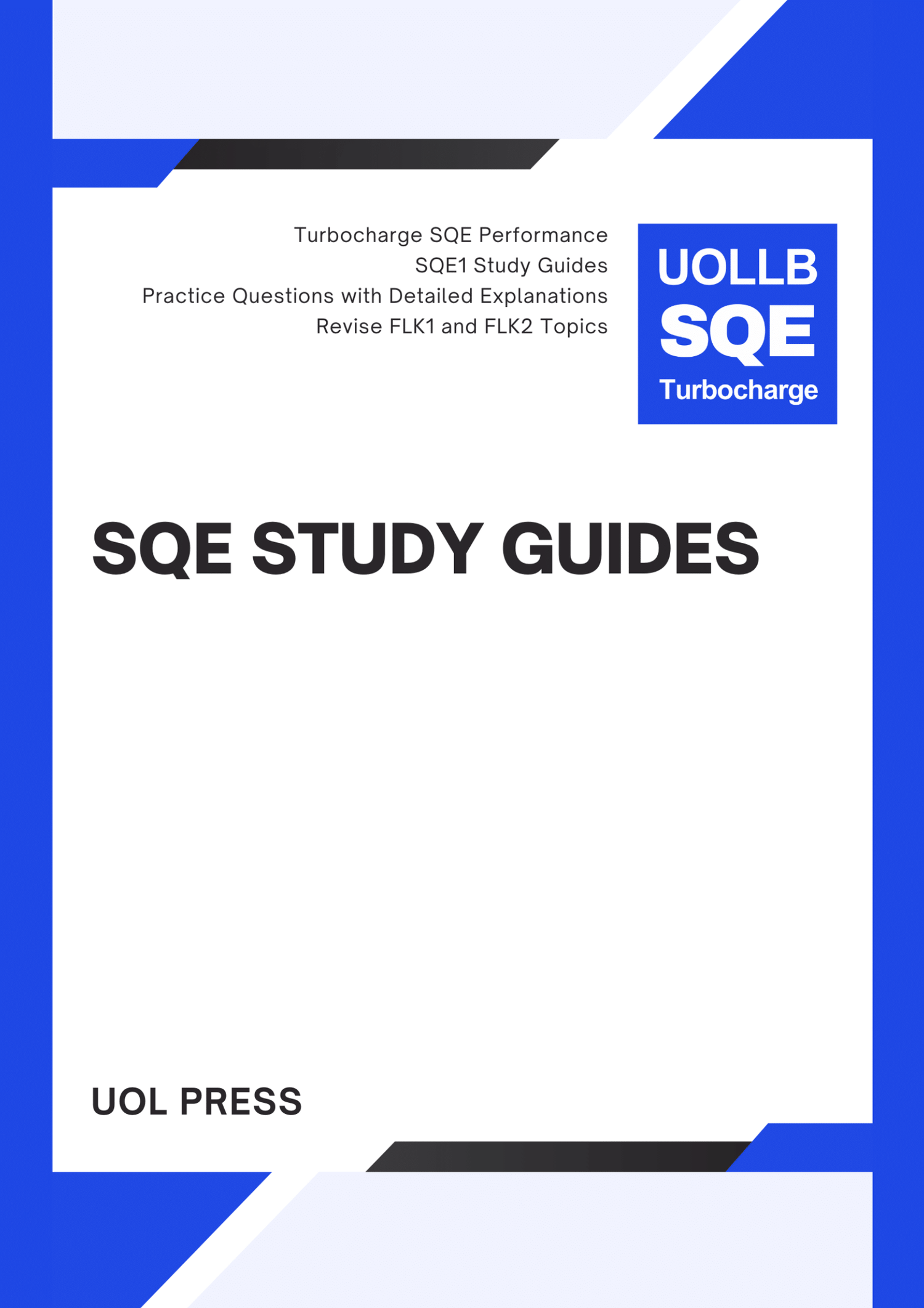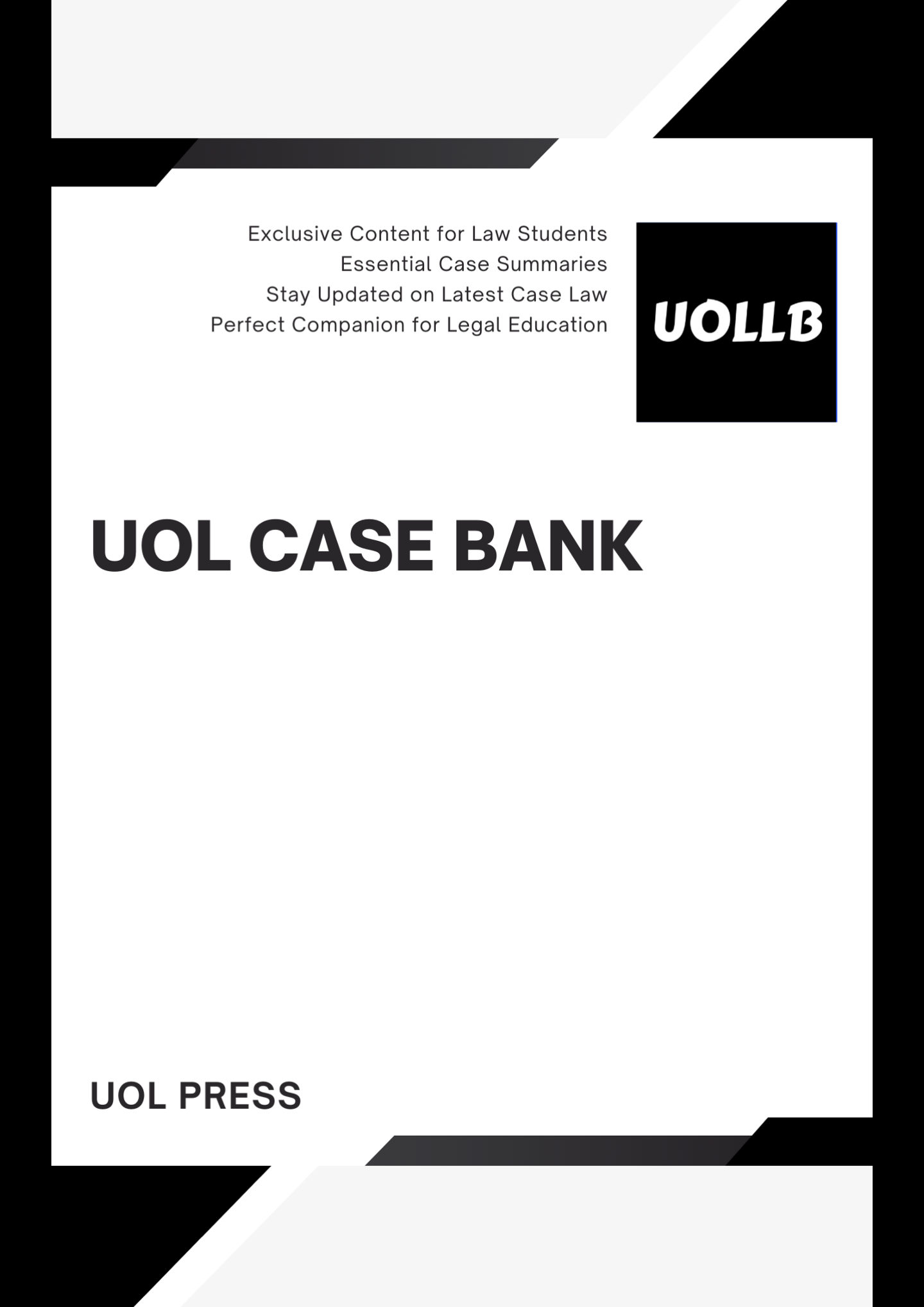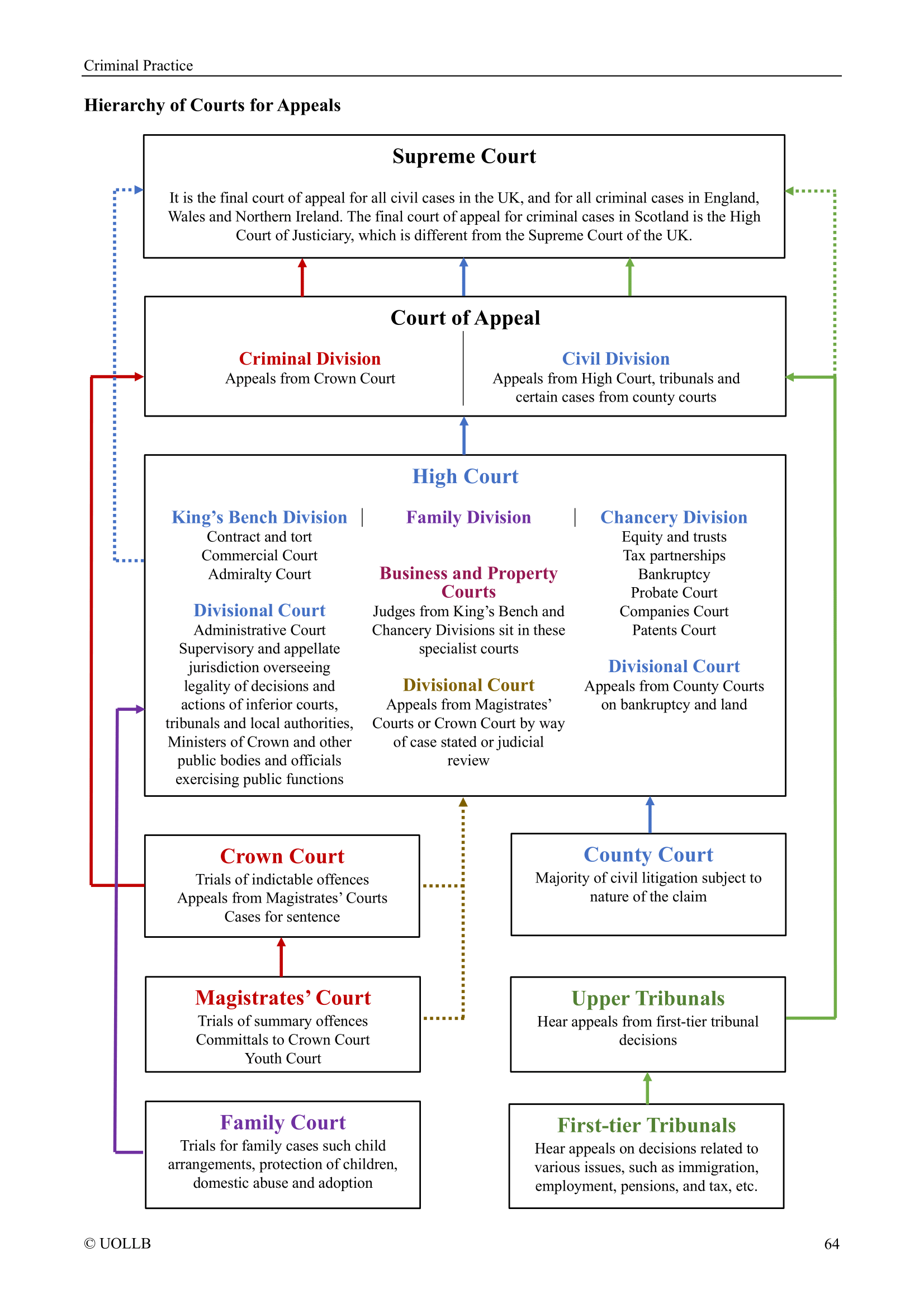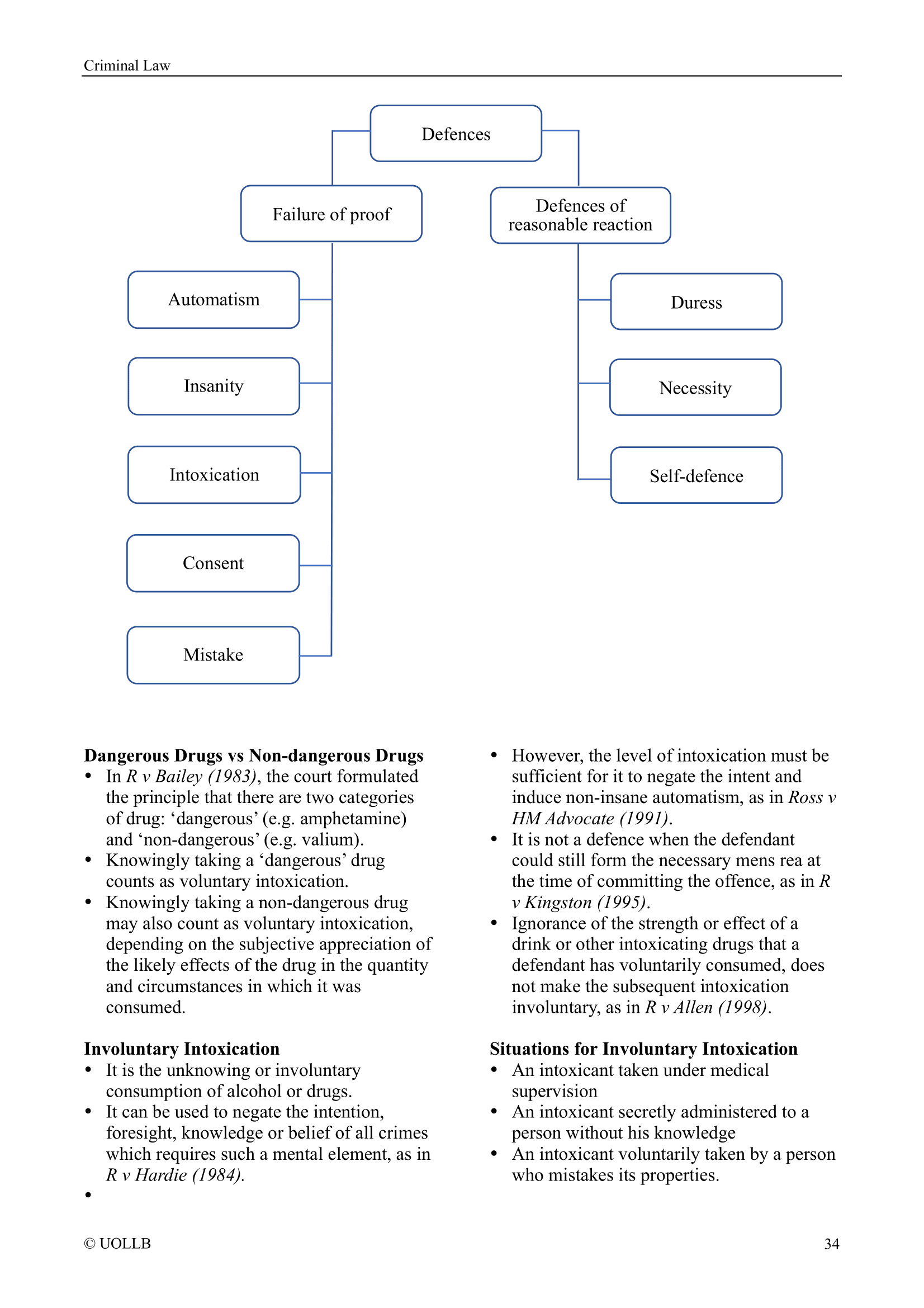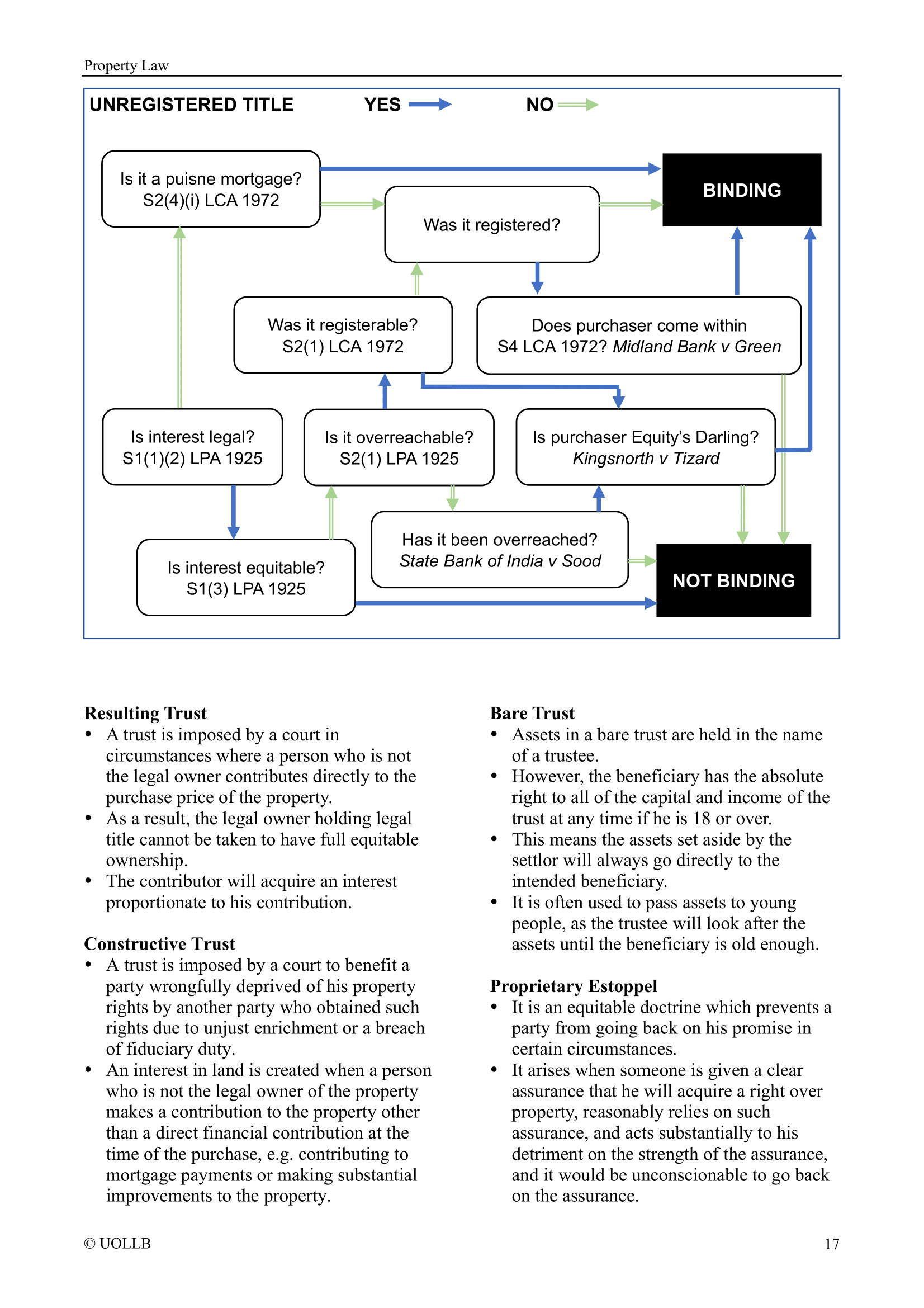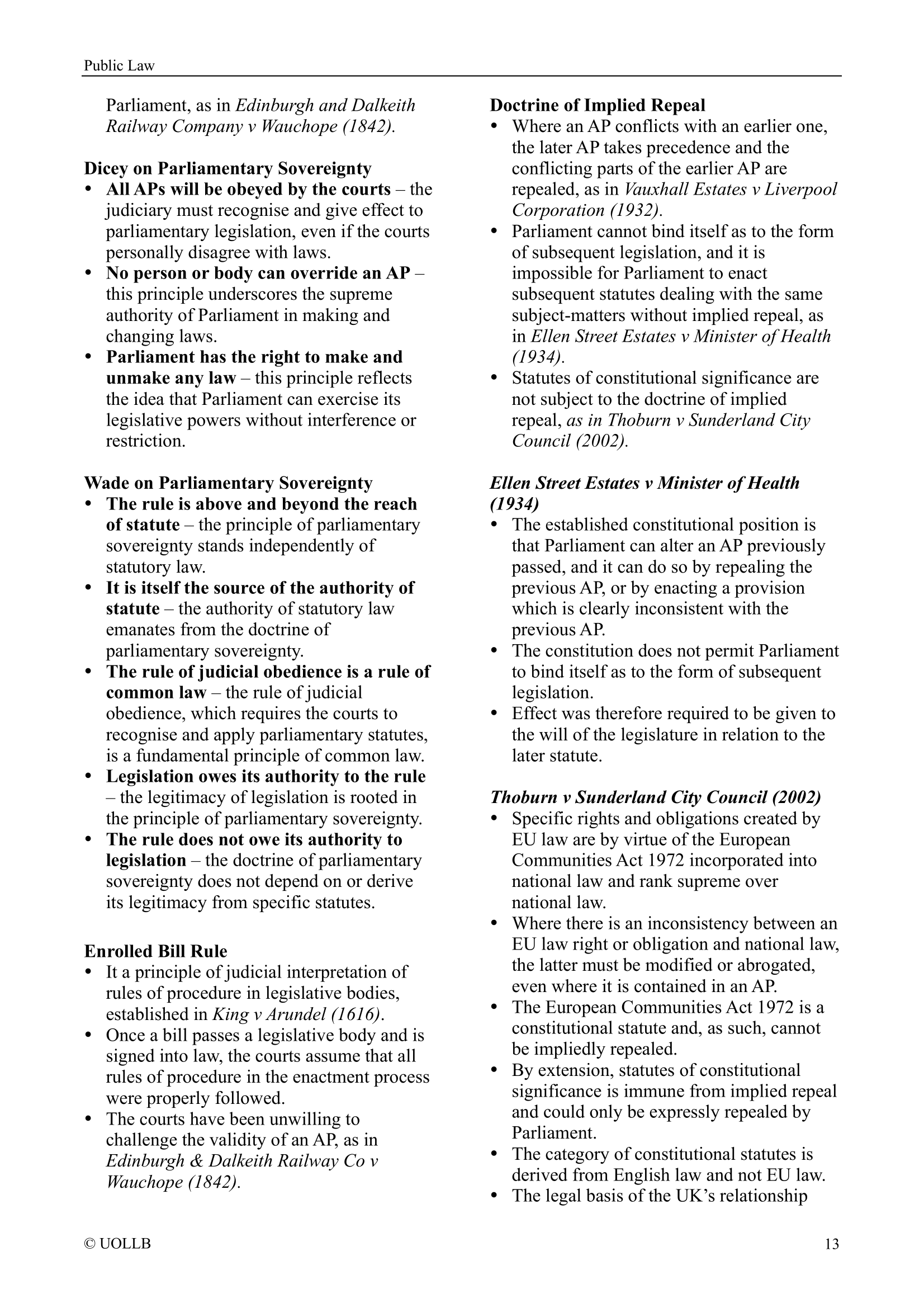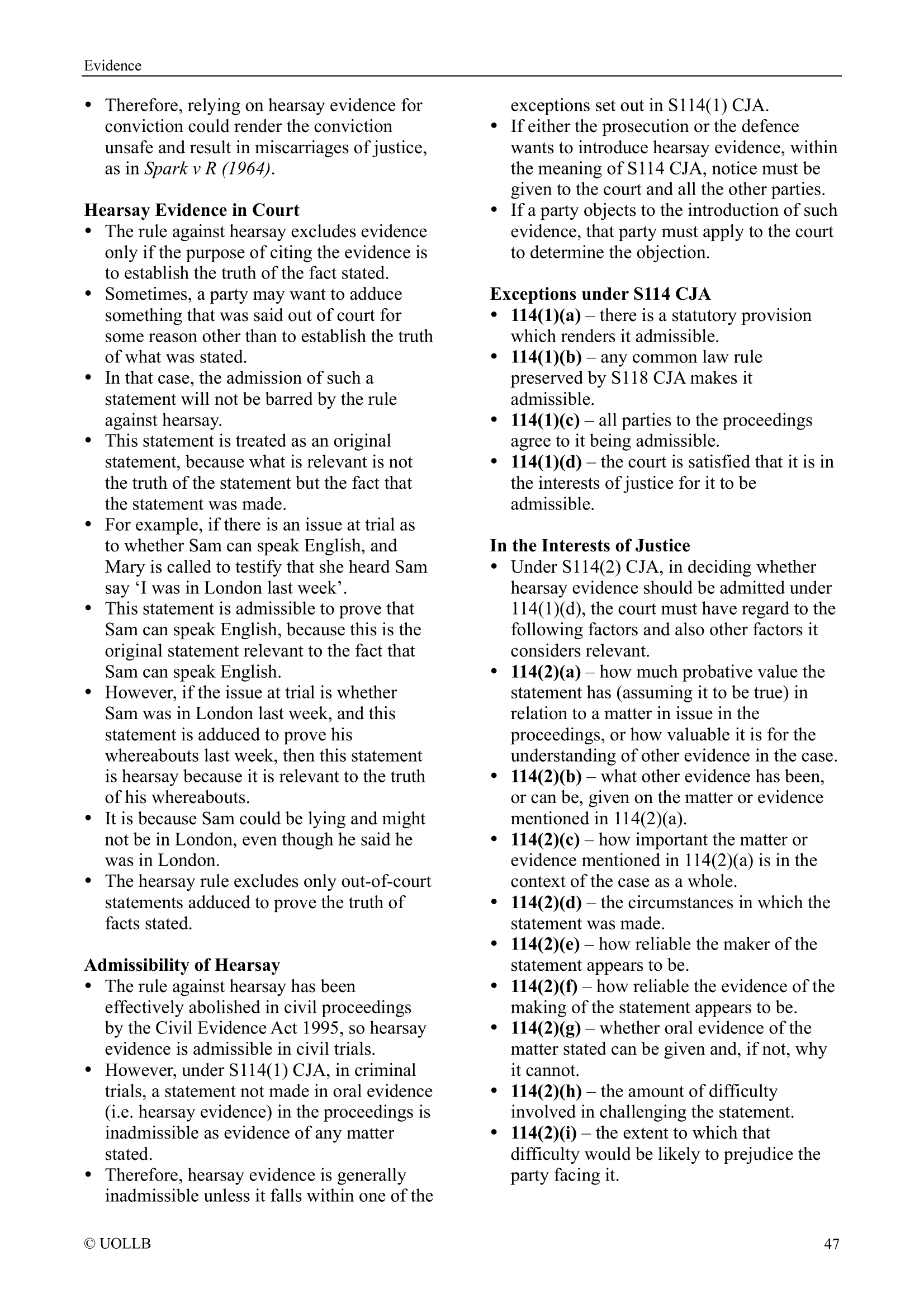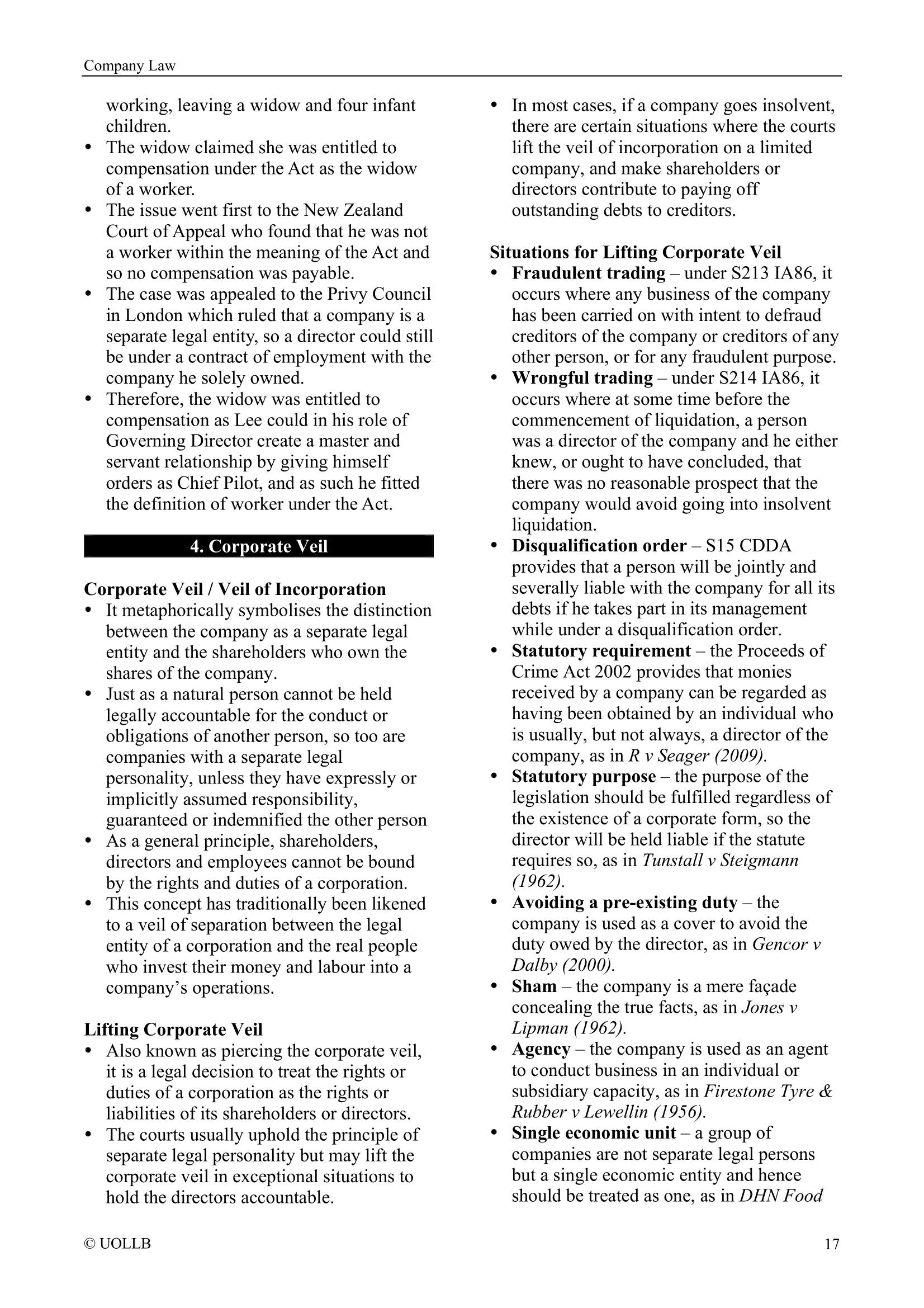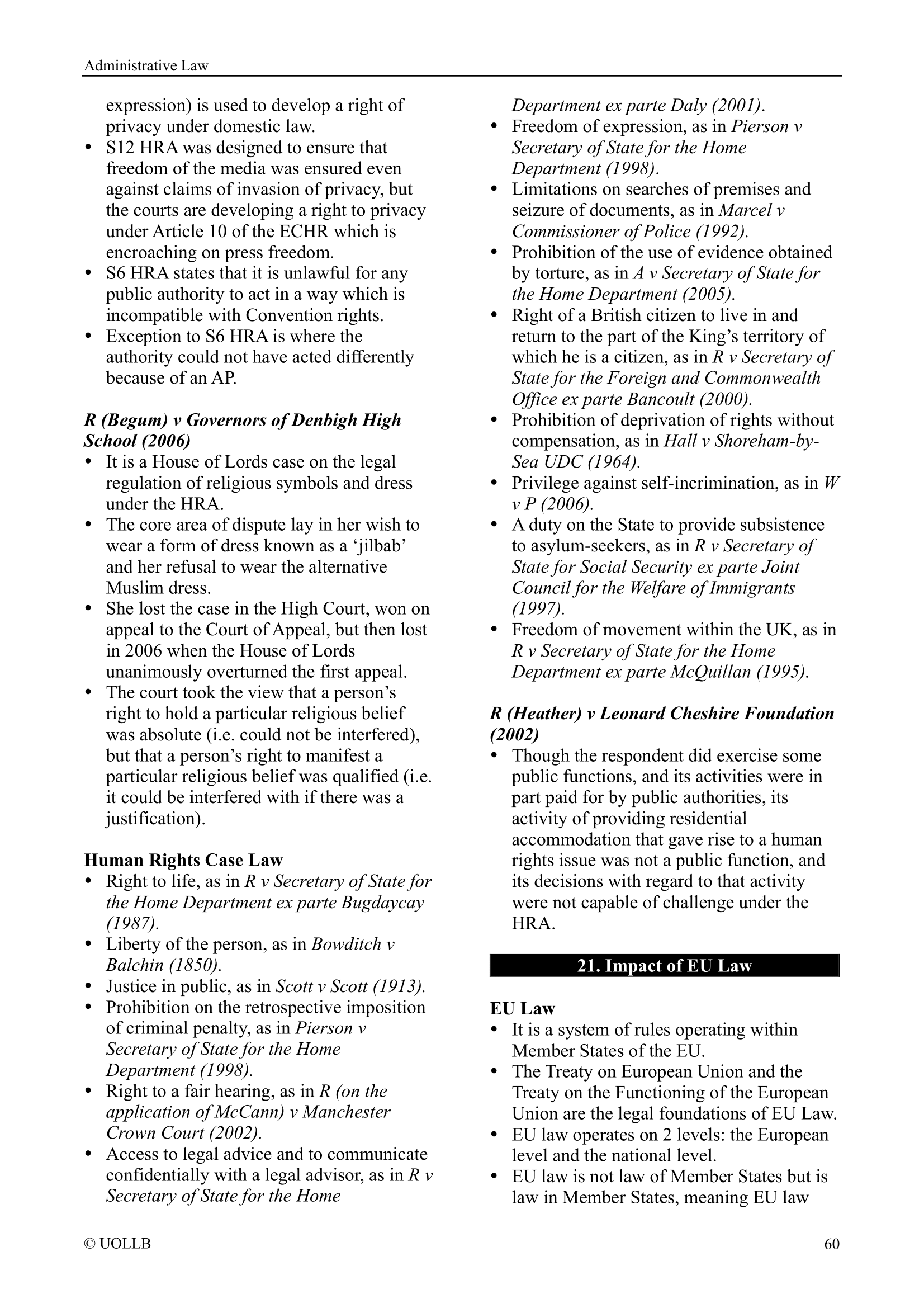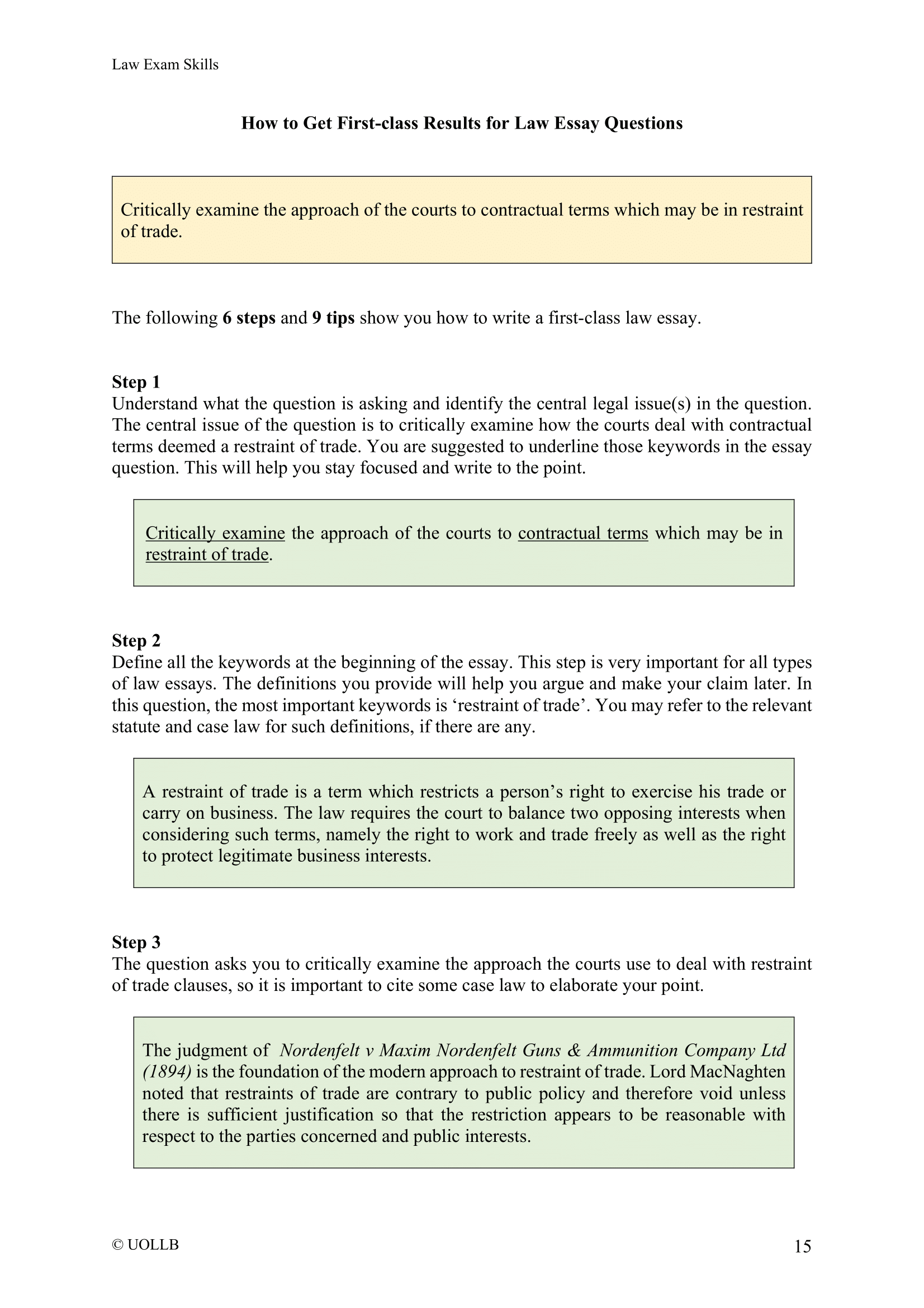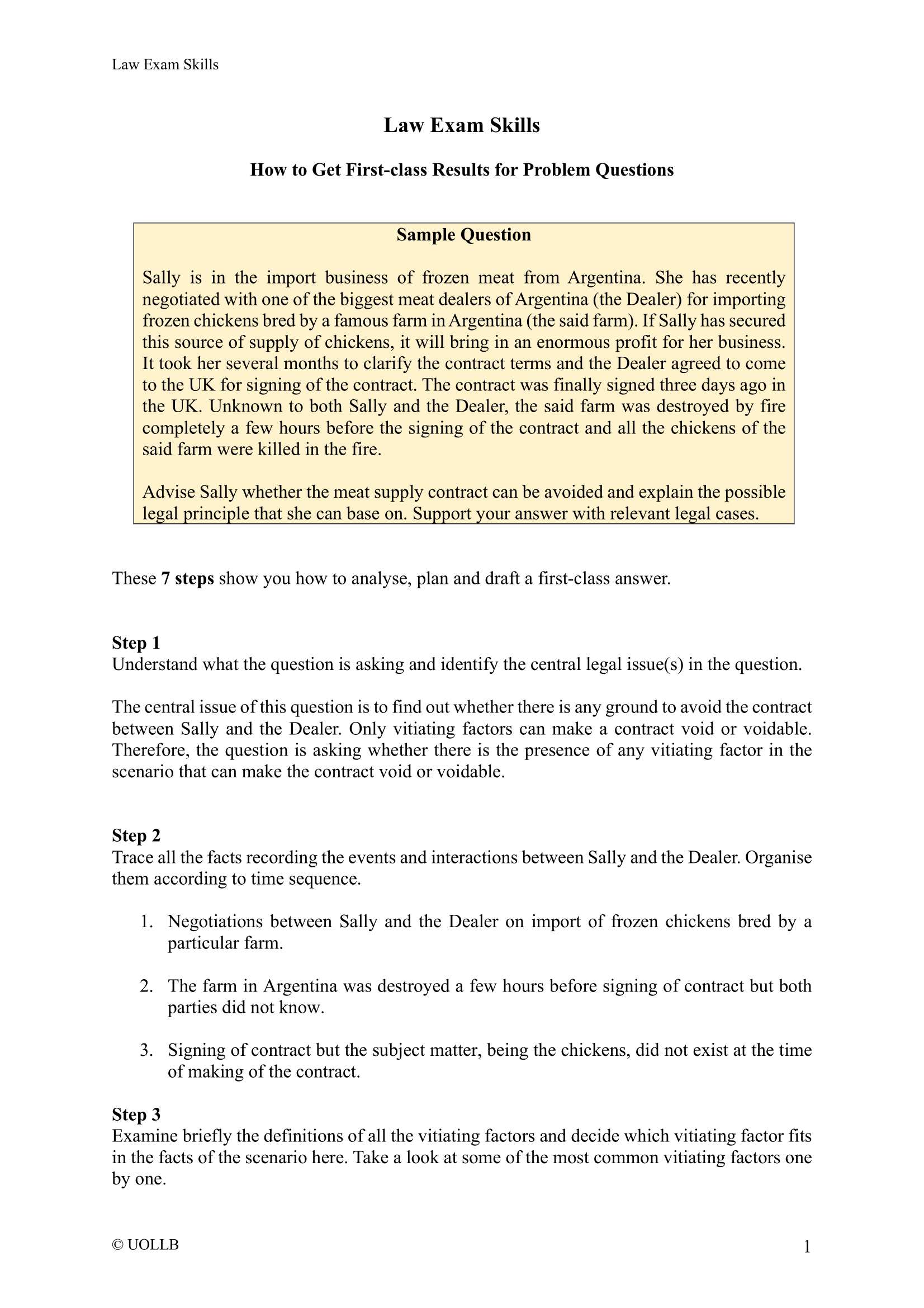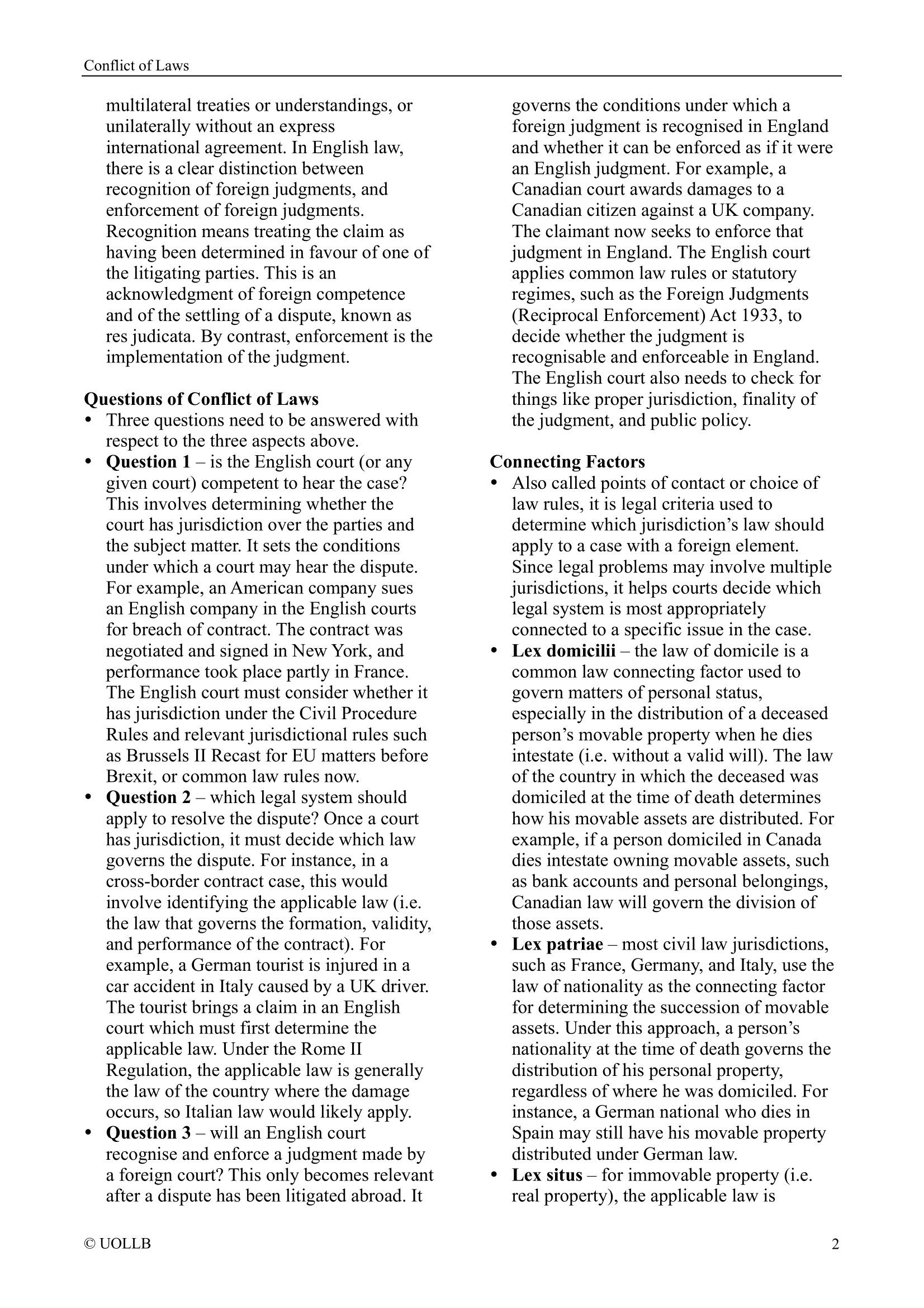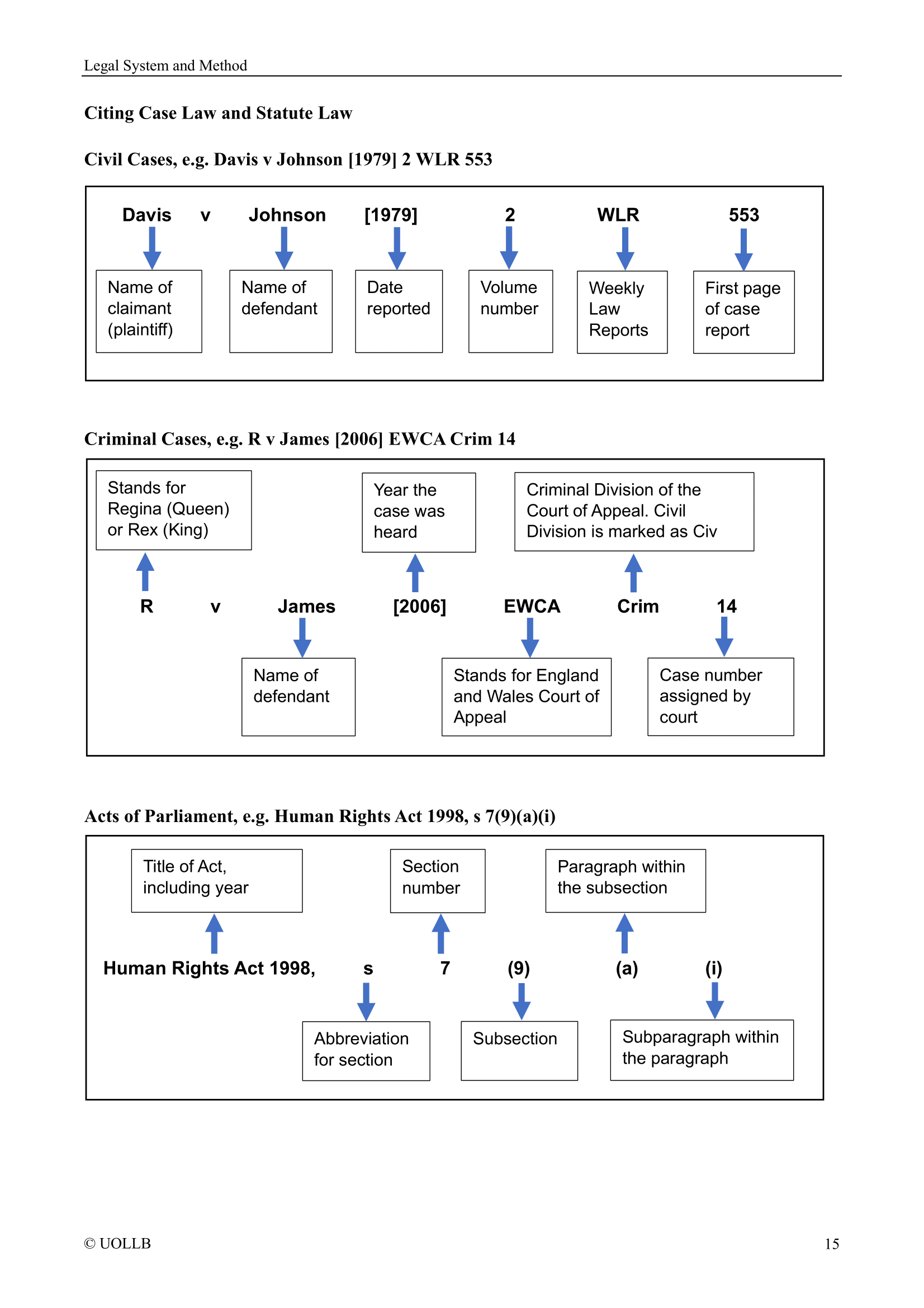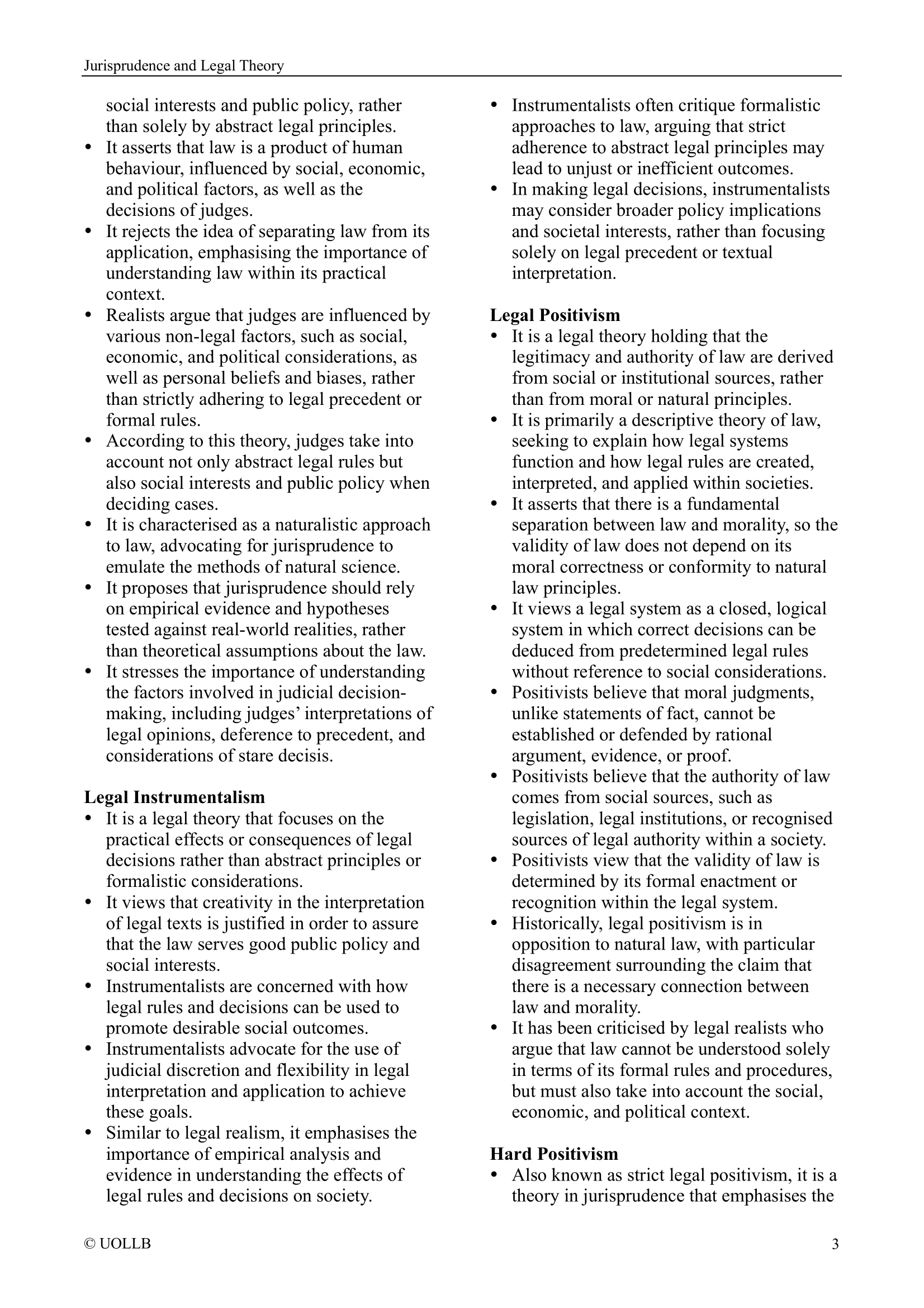10 Features of UK Constitution
Share
The UK constitution is an uncodified constitution, meaning that it is not contained in a single document or charter. Instead, it is made up of various sources of law, including statutes, common law, conventions, and authoritative sources. Here are the top 10 features of the UK constitution.
1. Unwritten Constitution
One of the most distinctive features of the UK Constitution is that it is unwritten or uncodified, meaning it is not contained in a single, formal document. Instead, it is composed of various sources, including statutes, common law, conventions, and authoritative texts. This decentralised nature allows for a high degree of flexibility and adaptability, enabling the constitution to evolve organically with changing political and social conditions. Historical documents such as the Magna Carta (1215), the Bill of Rights (1689), and the Human Rights Act (1998) are all integral parts of the constitution, contributing to its unique structure.
2. Parliamentary Sovereignty
Parliamentary sovereignty is a cornerstone of the UK Constitution, signifying that Parliament is the supreme legal authority. It can create or end any law, and no court or other body can override its legislation. This principle ensures that elected representatives have the ultimate decision-making power, reflecting the democratic foundation of the UK. However, recent developments, such as the UK's membership in the European Union (prior to Brexit) and the devolution of powers to Scotland, Wales, and Northern Ireland, have introduced nuances and challenges to this principle.
3. Rule of Law
The rule of law is a fundamental principle of the UK Constitution, asserting that everyone, including the government, is subject to the law. This principle ensures that laws are applied equally and fairly, protecting individual rights and preventing arbitrary use of power. The judiciary plays a crucial role in upholding the rule of law by reviewing the actions of the executive and ensuring that they comply with legal standards. This principle is crucial for maintaining public trust in the legal system and ensuring justice.
4. Constitutional Monarchy
The UK operates as a constitutional monarchy, where the monarch's powers are regulated by the constitution. While the Queen (or King) is the head of state, their role is largely ceremonial, and real political power rests with elected representatives. The monarch's duties include the formal opening of Parliament, the granting of royal assent to legislation, and the appointment of the Prime Minister. However, these actions are performed according to established conventions and the advice of the Prime Minister, ensuring that the monarchy does not interfere with democratic governance.
5. Separation of Powers
Although the UK does not have a strict separation of powers like the United States, there is a functional division between the executive, legislative, and judicial branches. The executive (government) is drawn from the legislature (Parliament), with the Prime Minister and Cabinet members being Members of Parliament (MPs). The judiciary is independent and responsible for interpreting laws and reviewing executive actions. This system of checks and balances helps prevent the concentration of power and protects democratic governance.
6. Judicial Review
Judicial review is a process by which courts examine the actions of the executive and legislative branches to ensure they comply with the law. In the UK, the judiciary has the authority to review and potentially nullify government actions that are deemed unlawful or unconstitutional. This mechanism serves as a crucial check on executive power, ensuring that government actions are legal and just. Judicial review enhances accountability and protects individual rights against potential government overreach.
7. Devolution
Devolution refers to the delegation of powers from the central government to regional governments in Scotland, Wales, and Northern Ireland. Each of these regions has its own parliament or assembly and varying degrees of legislative power. Devolution allows for greater local autonomy and decision-making tailored to the specific needs and preferences of these regions. While devolution has strengthened regional governance, it has also introduced complexities and challenges in maintaining the unity of the UK, particularly in areas where powers and responsibilities overlap.
8. Constitutional Conventions
Constitutional conventions are unwritten rules that govern political practices and behaviour in the UK. These conventions are not legally enforceable but are followed by political actors to ensure the smooth functioning of government. Examples include the convention that the Prime Minister must be a member of the House of Commons and the practice of royal assent being granted to legislation passed by Parliament. Conventions play a vital role in the UK’s flexible constitutional framework, bridging gaps where formal laws may not exist.
9. Human Rights
The protection of human rights is an integral part of the UK Constitution, particularly since the incorporation of the European Convention on Human Rights (ECHR) into domestic law through the Human Rights Act 1998. This Act allows UK courts to hear human rights cases and provides individuals with a mechanism to challenge violations of their rights. The Act has significantly influenced UK law and policy, ensuring that human rights considerations are embedded in the legal system and government decision-making processes.
10. Common Law
The UK relies on a common law legal system, which means that judicial decisions and precedents are used to interpret and apply the law. Common law evolves through decisions made by judges in individual cases, which become precedents for future cases. This system allows the law to develop over time, adapting to new situations and societal changes. It provides a layer of flexibility and responsiveness to the legal system, ensuring that it can address contemporary issues effectively.
The UK Constitution's unique and uncodified nature provides it with remarkable flexibility and resilience. Its blend of historical documents, legal principles, conventions, and modern statutes has allowed it to adapt to changing times and challenges. Key features such as parliamentary sovereignty, the rule of law, constitutional monarchy, separation of powers, common law, and human rights protection form the bedrock of this evolving constitutional framework.
